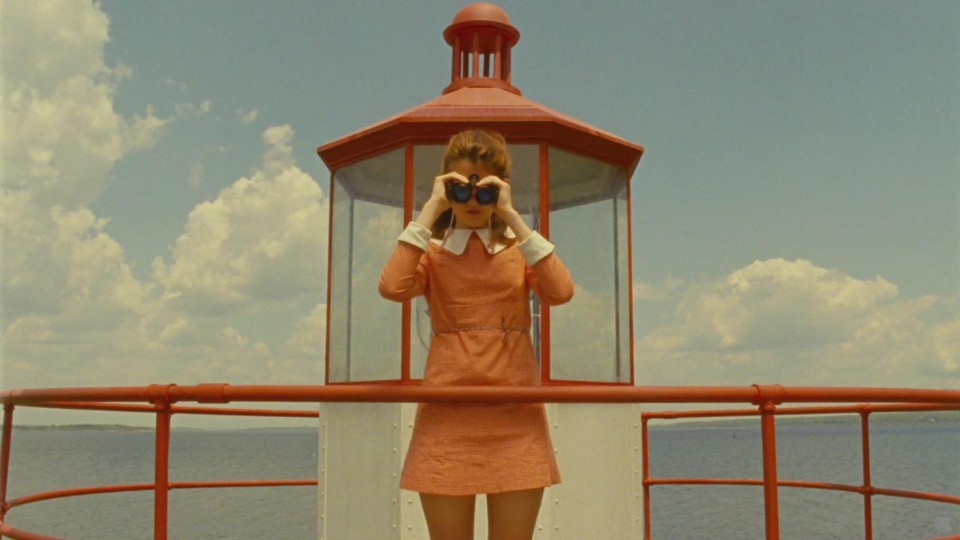Some filmmakers become adjectives: after them, a certain way of being or doing takes on their name or that of their characters (Hitchcockian, Felliniesque...), Wes Anderson, on the other hand, is the first one who managed to modify the locations and furnishings that existed before him. Just like his visual style is clear and exact, maniacal is the way in which he chooses pieces of furniture inspired by precise periods (usually the ‘70s but often also the ‘60s or the ‘80s). Now those real furnishings are often described as wesandersonian, as showed by the Accidentally Wes Anderson Instagram profile, in which you can find photographs of interiors and furnishings (but also facades of buildings) that seem to unintentionally imitate Wes Anderson’s style.
However, Fondazione Prada’s Bar Luce isn’t unintentional at all - it was designed and furnished by Wes Anderson himself. Well, it’s safe to say that it looks like it came right out of a Wes Anderson movie.

Wes Anderson was the first filmmaker in the history of cinema to start with absolute precision and coherence from furniture and buildings to create his movies, to narrate his characters and to create unique moods and sensations. Not even Almodovar’s style, with all the saturated colors and smooth surfaces, is similar. Wes Anderson’s movies not only look like catalogues of a vintage furniture factory, but in those showrooms, he places perfectly coherent characters who can neither exist nor have ever existed, yet are capable of such recognizable, human and delicate impulses. What surrounds them is no longer furniture, but the world around them, which at the same time oppresses them (pushing them to be always the best) and exalts them (giving them a reason for living). See how the first scene of his next movie, The French Dispatch, already says it all.
Think of Hotel Chevalier, the short film with Natalie Portman set almost entirely inside a yellow hotel, and what happens when at the end Anderson juxtaposes those narrow, closed, over-furnished rooms with the blue exterior. We were paying too much attention on the love cocoon of the couple to realize that, outside the windows, there was Paris.















